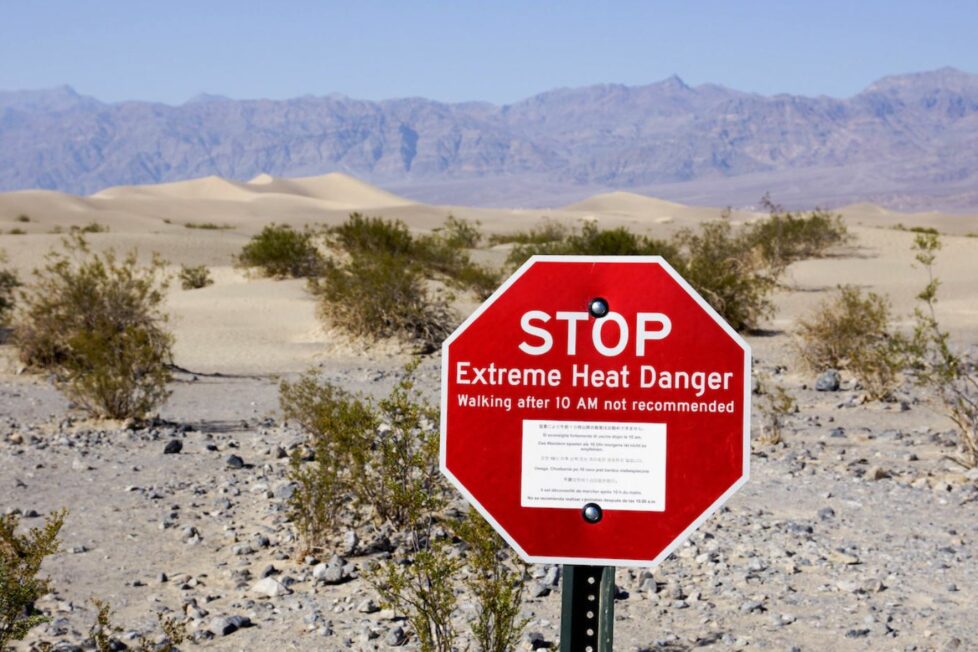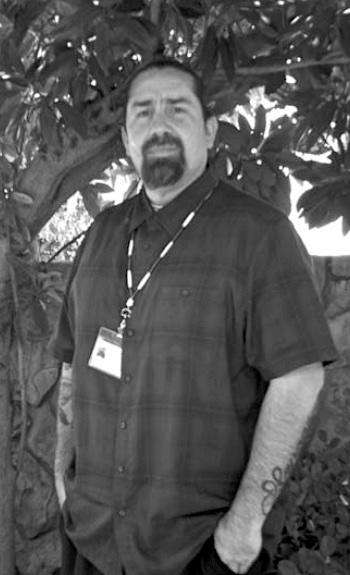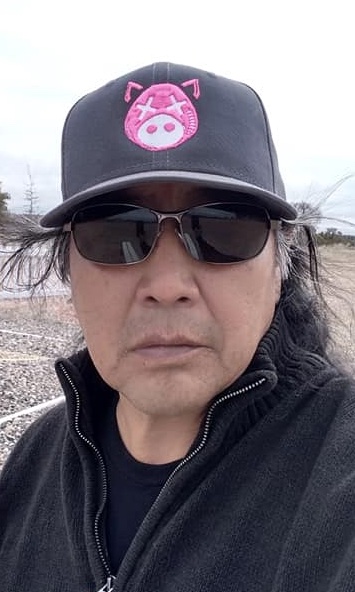Three Native American perspectives on extreme heat


Among the original inhabitants of Turtle Island, as it was commonly known before being renamed North America by colonialists after the Italian explorer Amerigo Vespucci, there are many differences and many similarities.
Native Americans are not a monolith. But among First Nations peoples, or Native Americans/American Indians there exists a shared reverence for nature, viewing human beings as uniquely equipped to care for and live in harmony with nature. All the First Nations peoples sought this harmony in their different locations.
As Viola Cordova, the first Native American woman to receive a Ph.D in philosophy, so succinctly put it in her 2007 book, “How It Is“:
“That the Mother of us all
made many kinds of human beings.
Some she made for mountains
others for rivers
and deserts
and plains
and lakes.
She made us with the capacity
to say why we are each in a specific place
and not any other.”
And it is so today. Below, we share perspectives from three individuals living across the southwest on how they see the recent heat wave and the effects of climate change.
Lester Nelson, La Jolla Band of Luiseno Indians

Lester Nelson is a member of the La Jolla Band of Luiseno Indians, located in northern San Diego County. A chemical dependency counselor, Nelson spends most days working indoors, and says he hasn’t noticed the recent spike in temperatures.
“It has always been hot out here,” says Nelson, “a regular hot day is 100 to 101, but it gets up to 105.”
Asked how tribal members have traditionally coped with the heat, Nelson replies, “Digging a hole like the wolves and the coyote can help keep you cool. I also like to go down by the river.”
The San Luis Rey River runs through the La Jolla Indian Reservation and is a popular camping destination.
Nelson explained that in addition to heat stroke, fire danger is a constant threat during the hot months. “It is really hard to the do the weed abatement to keep the fire risk lower. Two or three days ago, an elder man at the Santa Ysabel Reservation died of heat exhaustion just from working out in the yard,” he said.
[SCROLL BREAK!!! Bayou Beat News can also be found in PRINT at a store near you. Click the link below to check out our E-Edition!]
Fayeanne Dugan, Fort Yuma Quechan
Like Nelson, Fayeanne Dugan of the Fort Yuma Quechan (pronounced Kwuh-tsan) Indian Reservation –which straddles the Colorado River and shares borders with California, Arizona, and Baja California – says it’s always been hot there.

“Summers usually get up to 118 to 119, and it is a dry heat,” she explained.
Dugan has lived on the reservation her whole life and maintains a deep and profound admiration for her homeland and her ancestry. She shares how the Quechan would defend their land from the neighboring Kumeyaay and Apache. “We would pick up the dirt, dig into the sand dunes and find moisture, and lay and wait for an approaching intruder!”
When it comes to dealing with extreme heat, her advice reflects the rugged terrain that she calls home. “My brother would say, ‘Don’t talk about it, be about it. The more you complain, the more it will bother you.’”
Dugan also remembers standing in the cold as a young student. “It can get to 39° in the winter. I remember my teacher, Charlotte telling us to imagine that the sun was shining on us one cold morning. I became infatuated with the idea… of simply focusing the mind on whatever is the opposite.”
Patrick Arthur, Navajo (Dineh ) Nation
Patrick Arthur is a member of the Navajo (Dineh ) Nation and currently resides in New Mexico. The Navajo are the largest of the First Nations peoples in the US, with a membership of nearly 300,000.

“I am 63 years old, and I have noticed it getting hotter,” Arthur says. “We used to herd sheep and had many horses and cattle. It used to rain a lot, but now all the damns have dried up. We do not have horses and cattle like we used to because of global warming.”
Arthur laments the lack of concern around the changing climate that he sees among younger Navajos. “Many of the corn fields are also gone and the elders with them. Even my own grandkids don’t seem to know the seriousness of the drought and global warming.”
As for solutions both to the ongoing heat wave and the broader climate crisis, Arthur adopts a more philosophical tone. “I think the solution to our global warming is a spiritual one,” he says, drawing a link between climate change and rising rates of drug addiction that he sees around him. “There is so much more drug and alcohol abuse than before, it makes me wonder.”
Arthur says he often urges his children to pray, though he adds, “it is difficult nowadays to pray for rain when the ground is so dry.”
This story was produced as part of a collaboration with the Office of Community Partnerships and Strategic Communication for their Heat Ready CA public awareness and outreach campaign. Visit Heat Ready CA to learn more.
Above image via Flickr
